
In magazzino inverter di potenza inversor 15kw l1000e l1000 yaskawa convertitore di frequenza inverter variateur de frequenza yaskawa j1000


Convertitore di frequenza di alimentazione ca a frequenza variabile trifase con buon prezzo da 6kva a 1000kva

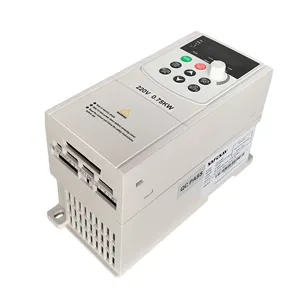
Cina fabbrica Mini formato frequenza monofase inverter 1.5KW 50-60Hz SVC V/F controllo convertitore VFD protezione modalità antincendio VFD


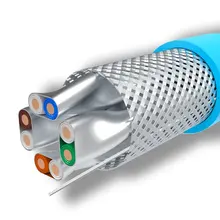

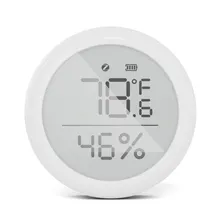

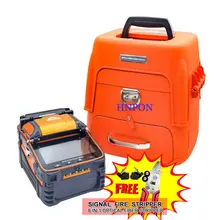









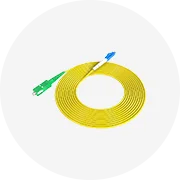





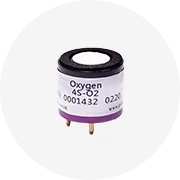














 浙公网安备 33010002000092号
浙公网安备 33010002000092号 浙B2-20120091-4
浙B2-20120091-4